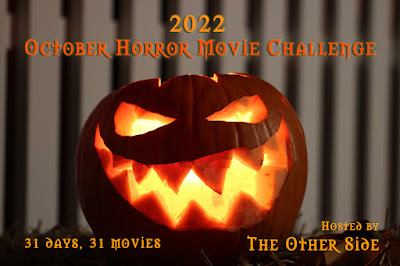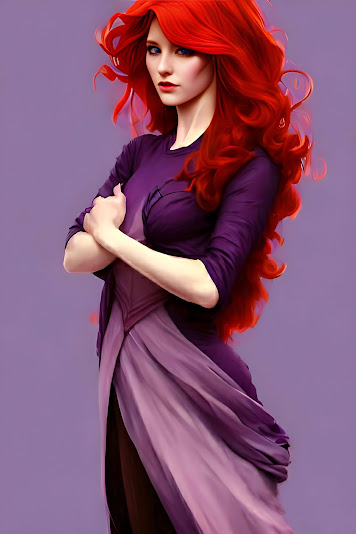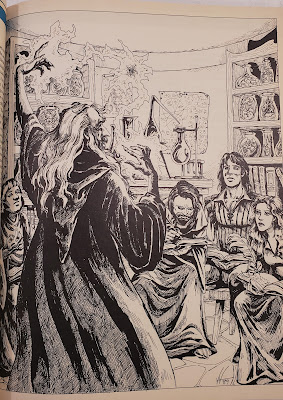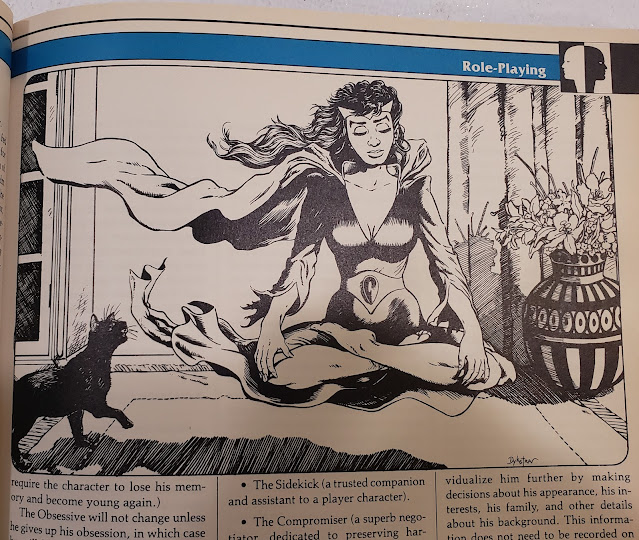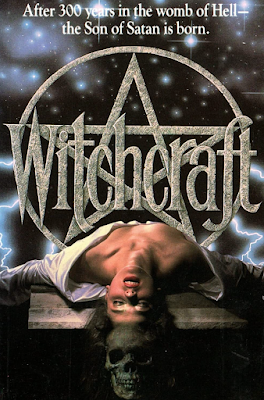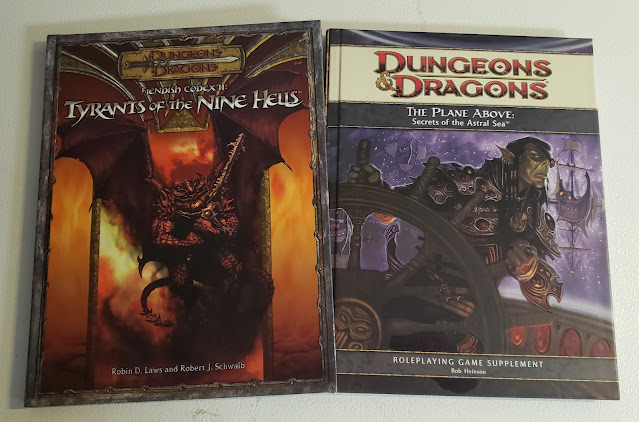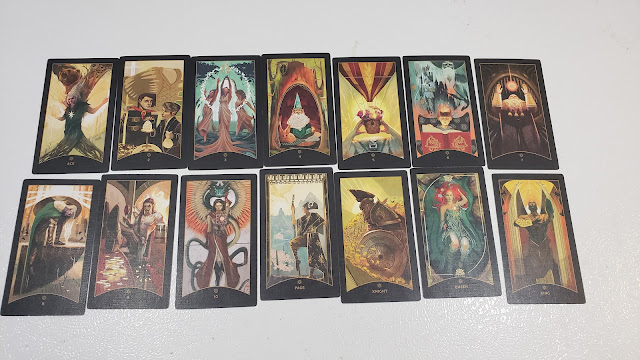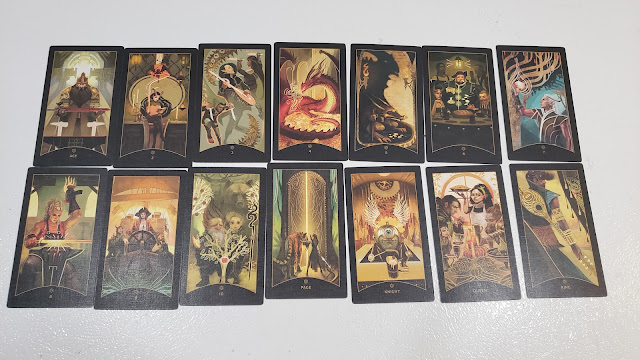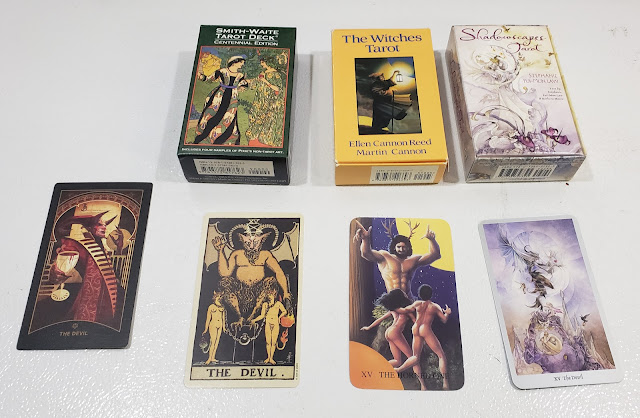In AD&D 1 the example of the Illusionist gave birth to the specialty wizards of AD&D 2nd Ed. One of those specialty wizards was the Necromancer. Though, unlike the Illusionist, the Transmuter, or even the Evoker, the Necromancer got its own book.
The Complete Book of Necromancers was one of those books that everyone seemed to want. I remember picking it up back when it was first published. I paid $15 for it. Later the cover price jumped to $18 and soon it became very rare. No idea why. The aftermarket price jumped considerably and I ended up selling mine on eBay back in 2000 for $81. Not a bad deal really. I ended up re-buying again recently at Half-Price Books for $9.
DMGR7 The Complete Book of Necromancers
PDF and softcover book. 128 pages. Black & white interior art. For this review, I am considering my softcover edition and the PDF from DriveThruRPG.
Let's be honest, few classes have had the spotlight quite like Necromancers have had. There have been many attempts before and since. But when comes down to it, the 2nd Ed Complete Book of Necromancers is the gold standard that all other books on Necromancy are compared to. This book is packed. Even the font size is smaller than the other Class books for AD&D 2nd Ed.
Introduction
Our introduction informs us that this is a book for DMs to make memorable foes. Indeed throughout the book refers to the Necromancers as NPCs. Even warnings are given about Necromancer PCs of higher than the 9th level.
Chapter 1: Necromancers
Details "The Standard Necromancer" or even "The Masters of the Dark Art" with minimum ability scores and the rolling methods to gain them (with a table on page 10). Additionally, only humans can be necromancers. Role-playing wise I can see this. Elves would not be concerned with the spirits of the dead and if they wanted to speak to them then they have the books they wrote. Dwarves and Halflings are very much about the here and now. Mechanically though there is no reason to assume they can be, save that this is AD&D.
We get an extended Necromancer (Wizard) XP advancement table to level 30. There are also details about weapon and non-weapon proficiencies. New non-weapon proficiencies are also given.
There are also new Kits for the Necromancer. They are the Archetypal Necromancer, Anatomist, Deathslayer (killer of the undead), Philosopher, and Undead Master. Additionally, two kits from the Complete Book of Wizards and the Complete Sha'ir's Handbook are brought over for use here. They are the Witch and the Ghul Lord.
Chapter 2: Dark Gifts
Covers the powers of Necromancy. This starts with a discussion on Dual Classes characters (remember Human only) each combination is discussed such as Fighter/Necromancer, Thief/Necromancer, Cleric/Necromancer, and the Psionicist/Necromancer.
Vile Pacts and Dark Gifts cover the powers Necromancers are likely to pick up as they gain the notice of dark powers.
Despite all the recommendations above, up next is a section on Humanoid Necromancers like Drow and Githyanki.
Chapter 3: The Price
Details the down-side of dealing with necromancy. While the social stigma stuff might be a blessing to many necromancers, things like deformities and body afflictions are less welcome.
Chapter 4: The Dark Art
This deals with the magic and the spells of Necromancy. A great section for any sort of AD&D 2nd ed DM really. It discusses "Black" or "Criminal" Necromancy, "Gray" or Neutral Necromancy, and "Benign" or "White" Necromancy.
There are 25 new spells from levels 1 to 9 here. Many I note still live on in new editions.
Chapter 5: Death Priests
Can't let wizards have all the fun. Besides, Necromancy is not just a school of arcane magic but a sphere of divine magic as well. Death Priests (Clerics) get the same treatment as did the Wizards above. Including an advancement table to level 30. Here different gods/faiths are discussed that might be a home to a Death Priest. The obvious are the God of the Dead. But also the Goddess of Murder, God of Pestilence, God of Suffering, and the Lord of the Undead.
Chapter 6: The Priest Sphere
Cover the necromancy priest sphere and spells. Here we get 18 new priest spells of levels 1 to 7.
Chapter 7: Allies
Covers everything from Apprentices, Henchmen, Familiars (including Undead ones), and Undead minions. Undead minions get the most detail with various sorts of undead discussed.
There is a great section on Secret Societies. I used this one quite a lot when I developed my Circle of Six Necromancer group. A group of bad guys that I STILL use today (though only three are still active).
Chapter 8: Tools of the Trade
Covers potions, poisons, various magical items (including some new), and necromantic lore.
Chapter 9: The Campaign
Looking back I realize there is a lot in this chapter I *STILL* use. The first is Sahu the Island of the Necromancer Kings. Granted an Ilse of Necromancers is not 100% original and I could have easily got it from Clark Ashton Smith, but this one comes together nicely for AD&D 2nd and still works for me today.
There are some adventure hooks connected to Sahu and some more connected to the various NPCS found at the end of this section. That's is the other thing I still use. The NPCs here were quite memorable to me.
Appendix 1: Common Spells for Necromancers: Lists of spells and their sources by Offensive and Defensive capability.
Appendix 2 and Appendix 3 Necromancy spells for Wizards (2) and Clerics (3).
Appendix 4 Index of Necromantic spells: Alphabetical listing.
There is so much here that would later find homes in the 3e Book of Vile Darkness and the 4e Heroes of Shadow. And much that is still very useful today.
I will come back to this one when I decide to work through more of my Isles of Avalon.




